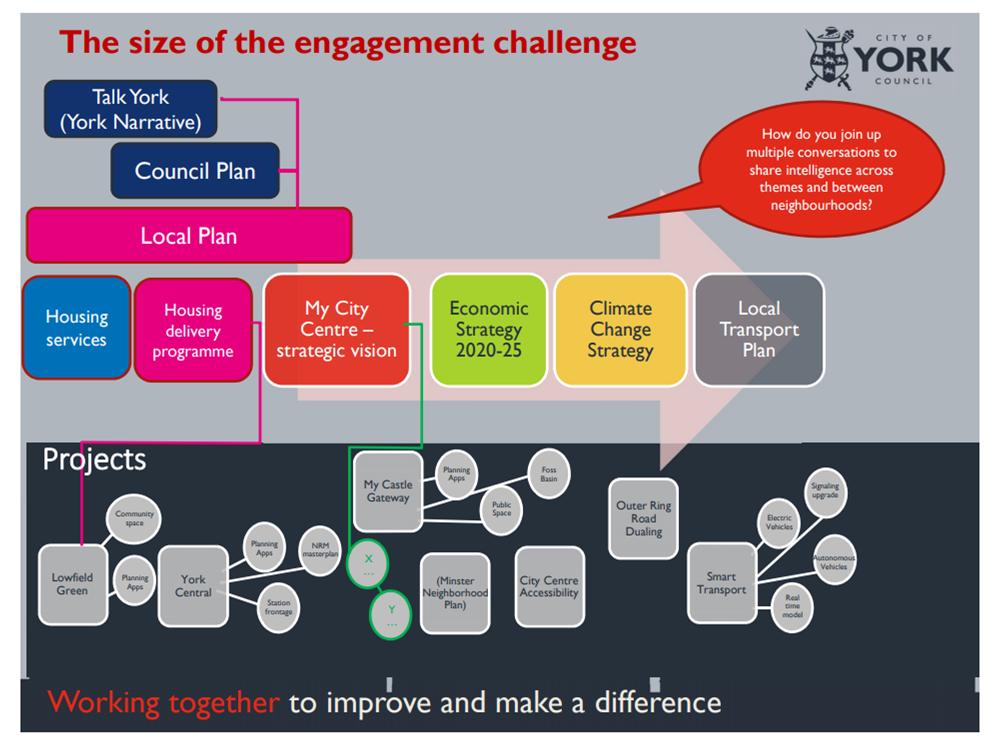It isn’t just the numbers engaging with Council webcasts (see next story) that is exciting Councillors interest.
A meeting next week is set to agonise about how to get more engagement by residents both in respect of their local community as well as on a citywide issues.
There is a cause for concern.

Communication levels by individual Councillors seem to have gone backwards in recent years. Only the occasional political diatribe now finds its way through many letterboxes
Residents in many wards has come to expect annual surveys on local public service standards. A newsletter reporting back on progress would be delivered to homes every few months while campaigns and petitions, for local improvements, were regular events. Several web sites were set up (Facebook, Twitter, “blogs” etc) but few are updated regularly these days .
Many of these initiatives have faded in recent years. Ineffective leadership and a lack of drive seems to be the main problem.
Ward committees were set up to try to provide a better local engagement opportunity. Attendance at these (should be) quarterly meetings has never been high. This may be partly because there has been little “reporting back” on residents concerns.
Incredibly as we approach the end of the financial year, some wards have yet to allocate, much less spend, their delegated budgets. According to the list of minutes published on the Councils web site, some apparently haven’t even met for nearly two years.
Very few Councillors are routinely active on social media, although the propensity for personal abuse on some channels, may be a deterrent. There is really, though, no reason why they should not contribute each week to a “ward news” type site. Indeed the time may have come for a trial of a monthly “podcast” for each neighbourhood.
Those areas that do not have a Parish council or active Residents Association do seem to miss out.
The report on engagement to next weeks meeting is disappointing. It points to the “My Castle Gateway” consultation as a paradigm. In reality that was a ponderous exercise which – lacking a critical financial appraisal – arguably produced the wrong outcome.
A similar approach is threatened for the debate on the future of the City Centre. It would be a slow and costly process which would be likely to engage only a particular section of the local community; sometimes referred to as the “provincial, academic, socialist elite” (PASE) .
We need less hand wringing for the York Council, less navel gazing and more action.
If people see change and improvement being implemented then they may respond.

